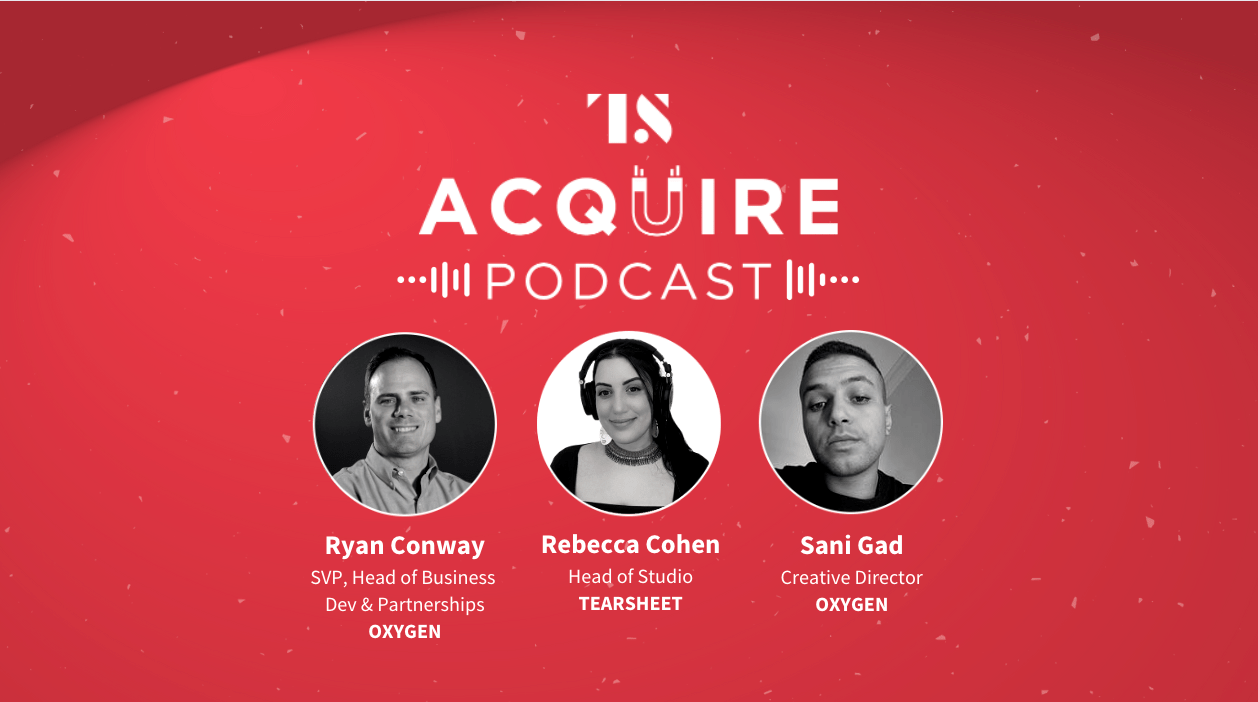Acquire Podcast, Modern Marketing, Podcasts
The Acquire Podcast Ep. 9: How Oxygen’s new debit loyalty program Elements is winning rebels and change makers
- Oxygen’s SVP, head of business development and strategic partnerships Ryan Conway, and creative director Sani Gad join us on the Acquire Podcast.
- ‘You name it, they tried it’ – including a hit summer tune with Megan Thee Stallion.









